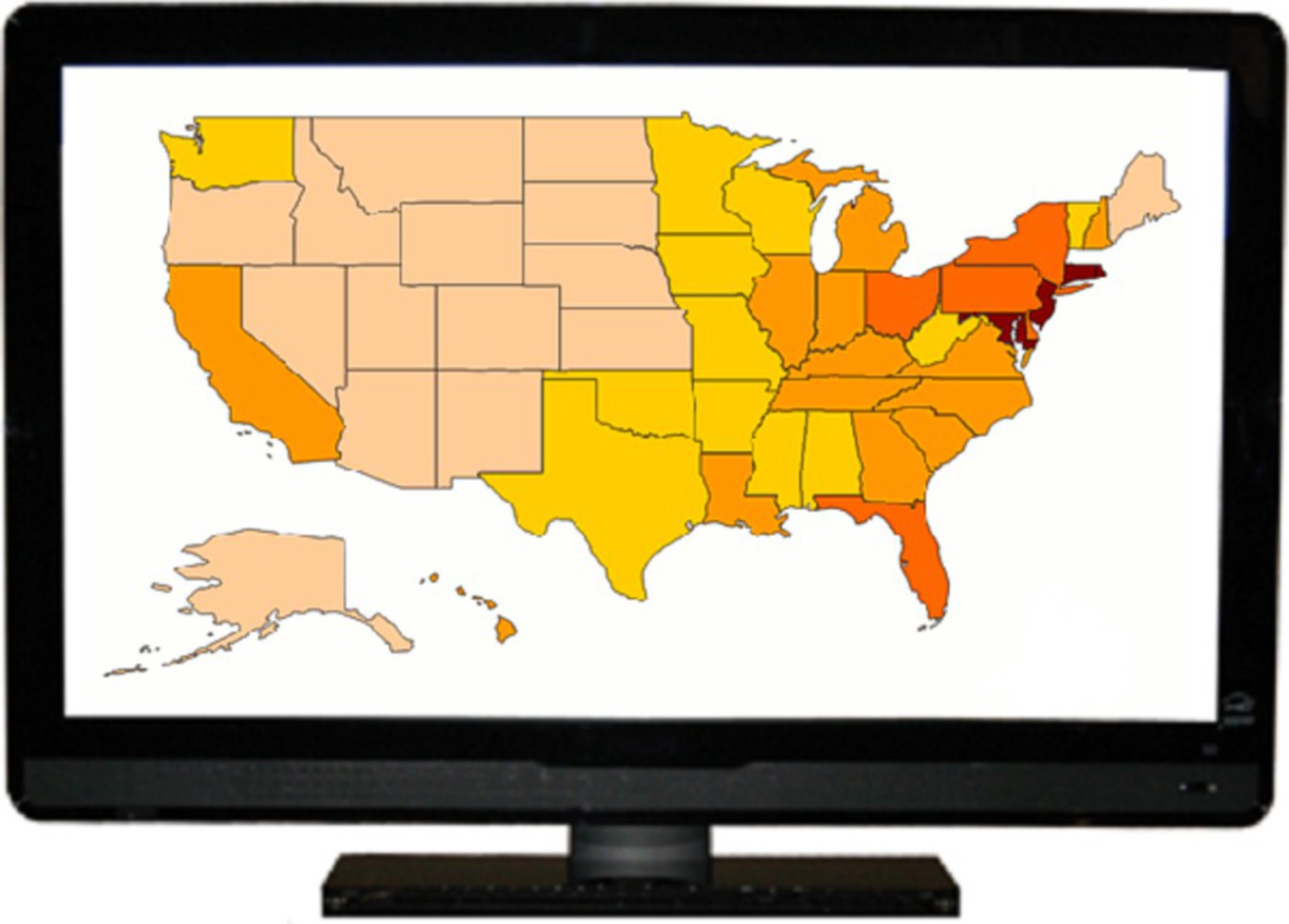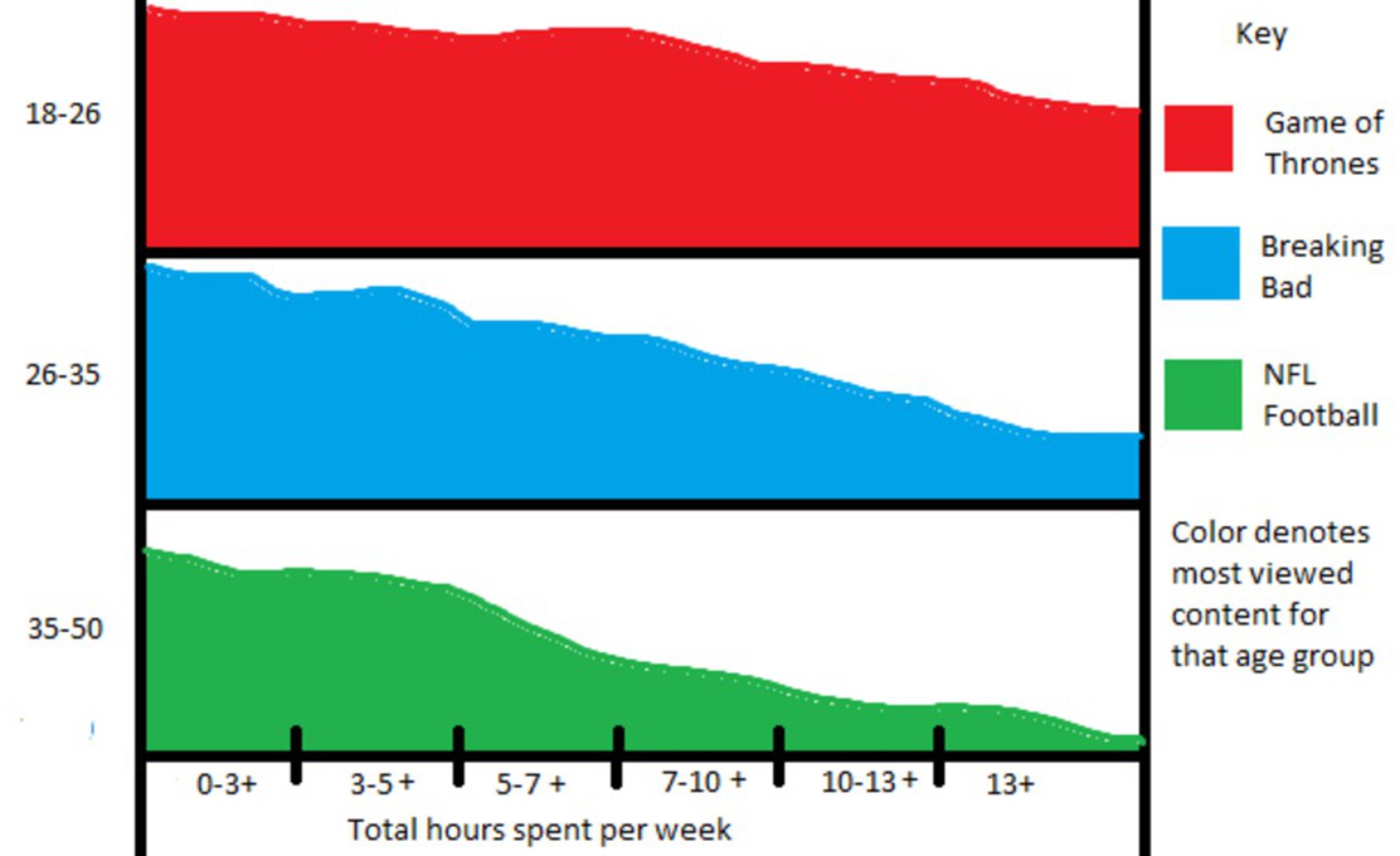The Phenomenon
In the past few years, the way our society, especially the younger generation, consumes television has changed quite dramatically. In the past, people had to tune into their television at a certain time each week in order to watch a show and be able to keep up to date with it. There was no way to watch an old episode of a show unless you happened to catch a replay date. Since the introduction of DVR and streaming options such as Netflix and Hulu, accessibility of TV has increased tremendously. Nowadays, people are able to watch any move or any episode of any show whenever they want to the point where some binge-watch TV shows for days on end.
This begs the question: what can we gain from analyzing TV viewing trends? As consumers, we should have some concern for the way we are spending our time. Since we have such a great selection of content to watch, and we are now able to watch it whenever they want, there is no doubt that we are spending more and more time on our viewing devices than ever in the past. The visual representation explained in this presentation aims to convey these viewing trends so that the public is more aware of the amount of time they spend in front of a screen. I hope it encourages people to moderate their TV watching time more efficiently and discourage unhealthy viewing habits.

